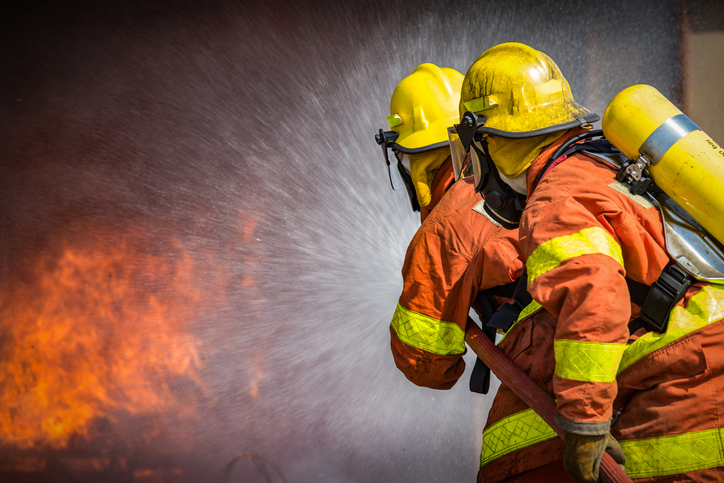Raleigh, NC: (919) 277-9299

Myths and Misconceptions About AFFF and PFAS
The hazards of aqueous film-forming foam (AFFF) have been shrouded in myths and misconceptions since its inception in the 1960s. While manufacturers saw the dangers these chemicals presented early on, they were touted as life-saving and irreplaceable. Firefighters who routinely…




